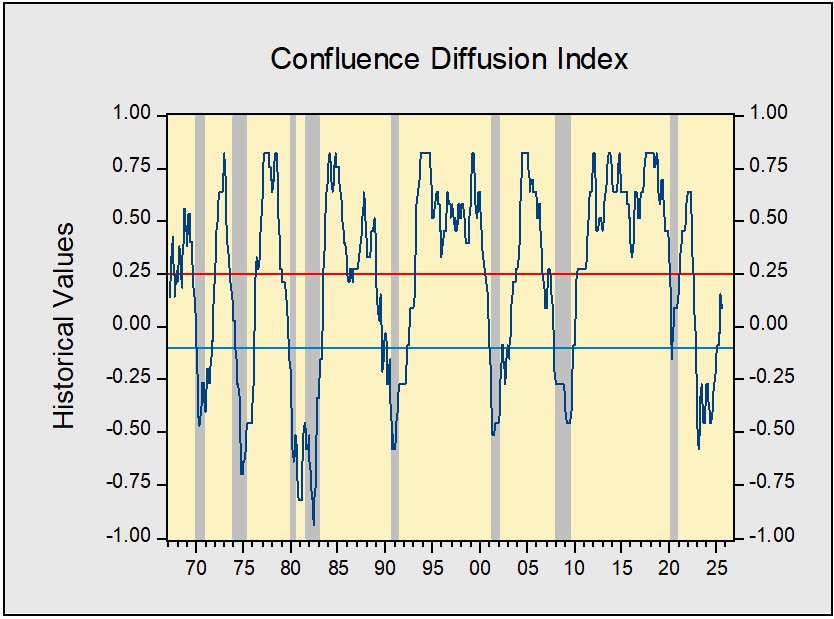by Patrick Fearon-Hernandez, CFA, and Thomas Wash
[Posted: 9:30 AM ET] | PDF
Our Comment today opens with reports that China plans to demand an important change in the US’s policy toward Taiwan in return for trade concessions. We next review several other international and US developments with the potential to affect the financial markets today, including the prospects for a US government shutdown this week and a risk that the French government could fall in the coming days.
United States-Taiwan-China: An exclusive weekend report by the Wall Street Journal said Chinese General Secretary Xi plans to leverage President Trump’s desire for a bilateral trade deal to secure a US commitment to “oppose” independence for Taiwan. Such a policy would require a shift from the US’s traditional “strategic ambiguity,” in which it hasn’t explicitly said it would support or oppose Taiwanese independence.
- By easing tensions with China, the shift in US policy could remove a key risk for the financial markets and allow US stock prices to keep rising. However, the shift would likely be alarming to traditional US allies and investors in the Asia-Pacific region, as it might undermine their confidence in Washington’s support against Chinese aggression.
- The potential loss of US support could also undermine long-run prospects for economies and stock markets in other regions, such as Europe.
US Fiscal Policy: President Trump today meets with the top two Republicans and the top two Democrats from each chamber of Congress to try to flesh out a compromise for the funding bill to keep the federal government operating after the current stopgap financing measure ends on Tuesday night. However, the Democrats are demanding an extension to Affordable Care Act subsidies that are set to expire at the end of the year and a reversal of the cuts to Medicaid and other health programs that Republicans made unilaterally over the summer.
- The impasse makes it increasingly probable that the government will face at least a short-term shutdown starting this week.
- As a potential shutdown looms, it is likely that US and global financial markets could become more volatile. Already, for example, gold prices have surged to new record highs above $3,800 per ounce.
US Defense Policy: New reporting says the Pentagon began pushing defense contractors over the summer to dramatically increase their production of 12 important types of missiles to be sure the US has sufficient stockpiles in case of war with China. The missile makers have pushed back because some of the production goals are so aggressive, and they aren’t confident the defense budget will grow enough for them to get paid. Nevertheless, the reports are consistent with our oft-stated expectation for global defense firms to see stronger sales going forward.
US Politics: New York City Mayor Eric Adams has dropped his bid for re-election, boosting the odds that former New York Governor Andrew Cuomo could beat current front-runner Zohran Mamdani. Since Mamdani’s socialist policies threaten to increase regulation and costs for business firms in New York — especially financial companies — a surprise win for Cuomo could potentially give at least a short-term boost to major US financial stocks.
US Private Credit Market: As we had flagged early on, auto parts maker First Brands last night filed for Chapter 11 bankruptcy protection, disclosing more than $10 billion in total liabilities. While details on the firm’s finances haven’t yet been made available, the sudden collapse of the company and the large amount of liabilities will likely make this a key test of the US’s booming private-credit industry. One important issue is whether there will be any spillover into the broader US financial markets.
United Kingdom: Chancellor Reeves has signaled that her proposed budget for 2026 will include big tax increases, adding to the tax hikes in her budget for 2025. Reeves argued the new measures have become necessary due to the wars in Ukraine and Gaza, rising global borrowing costs, the US’s new tariffs, and pessimistic economic projections. The rising tax burden will likely add to the headwind of slow economic growth that has weighed on UK stock prices in recent years.
France: After newly-installed Prime Minister Lecornu rejected budgetary demands on Friday from the leftist Socialist Party, including a large wealth tax on the rich, the Socialists today have warned that they are prepared to withdraw support from Lecornu and topple his government. The threat suggests the Socialists are prepared to launch a no-confidence vote for Lecornu sometime after Friday. If Lecornu loses such a vote, it could potentially lead to early elections and open the door for the far-right National Rally to take power.
Moldova: In the final round of parliamentary elections yesterday, the Party of Action and Solidarity of President Maia Sandu won 55 of the 101 seats in parliament, which should allow it to continue pursuing its goal of having Moldova eventually join the European Union. Meanwhile, the pro-Russian Patriotic Electoral Bloc received less than half the votes that Sandu’s party won.








